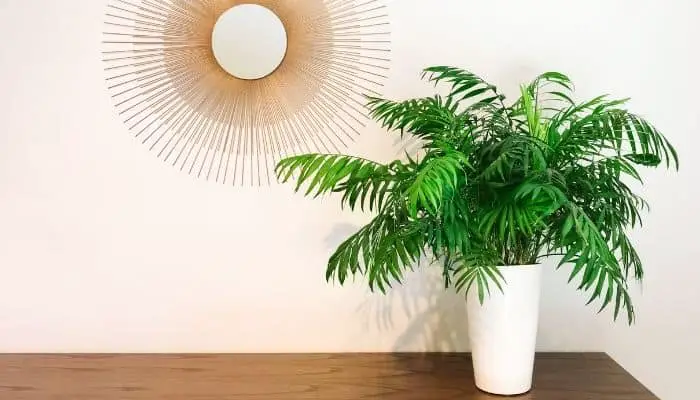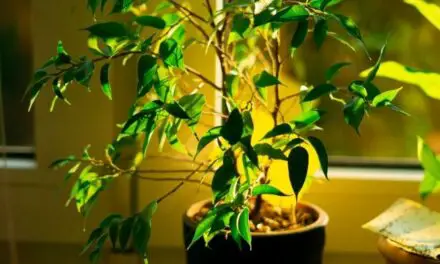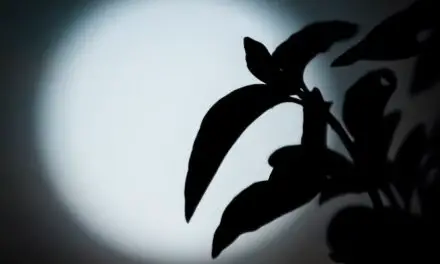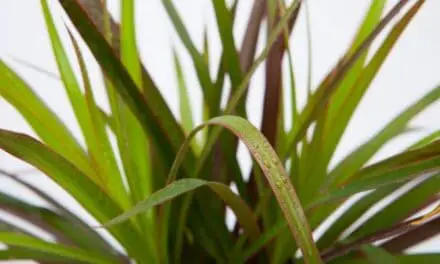The parlor palm is one of the most popular indoor potted palms in the world.
These air-cleaning tropical plants are native to southern Mexico and Guatemala.
In nature, they grow in the dappled sunlight beneath the forest canopy and don’t take well to strong, direct sun.
But sometimes we forget that, and when we expose our delicate parlor palm to full sun, it can react in unexpected ways.
Table of Contents
Why Is My Parlor Palm Turning White?

Your parlor palm is turning white because it is either getting too much sun, it is suffering from a pest infestation or it is experiencing a build-up of lime or calcium as a result of being watered with hard tap water.
But the most common cause is sunburn.
In nature, these palms grow in filtered sunlight and are hardly ever exposed to full sun.
Your parlor palm’s fronds turning white is usually an indication of leaf sunscald.
The plant has little natural protection against direct sunlight so the outer layers of tissue burn to expose white discoloration on its leaves and stems.
If you have just had a particularly sunny period or you have recently placed your palm near a window in full sun, this is the most likely cause of it turning white.
Too Much Sun
Your parlor palm will not like any direct sunlight.
These plants commonly grow in shady conditions, such as the floor of forests, and therefore they struggle when direct light hits their leaves.
Strong full sun will bleach and burn the leaves, and they will turn white.
These plants love bright, indirect sunlight.
If you can find a very bright spot for them that is not receiving direct sunlight, they will thrive and love you for it.
If your palm gets direct sunlight for any significant period of time, consider moving it, or shade the window with a sheer curtain during that time.
Usually, sunburn will bleach the tips of the leaves – those closest to the window, so it is fairly quick to spot.
Sunburned leaves won’t recover, so it’s best to cut them off with a sharp pair of scissors if the plant has got damaged.
That will encourage the plant to focus on healthy new growth, and unless it has been very badly sunburned all over, it should make a quick recovery.
Letting your plant get consistently burnt is not a good idea, though; burning will stress the plant out and make it slow to grow and unhappy.
Move your palm away from direct light, even in the winter, and it will probably be happier and greener.
You Might Also Like: Why Is My Parlor Palm Drying Out? (And How To Revive It)
Insect Infestations
Your parlor palm may be turning white because it is suffering from an insect infestation.
Spider Mites
Spider mites are particularly common attackers of parlor palms and will leave tiny little webs on the undersides of the leaves.
Usually, an infestation has to be quite severe before it will affect the color of the plant’s leaves, so you will need to take action if it is doing so.
Spider mites tend to be too small to see, but if you think your palm has them, take it outside and blast it with the hose.
The jets of water should be enough to dislodge the mites.
Make sure you wash beneath the leaves as well as on top and get in all the crevices of the fern’s stems.
You can also use insecticides on spider mites, but this shouldn’t be necessary.
A couple of treatments with the hose will usually be enough to get the plant healthy again.
Mealybugs
Parlor palms can also be attacked by mealybugs, which will similarly cause the leaves to discolor if they are damaging the plant significantly.
Mealybugs are white and fluffy, and you may sometimes see them on the plant.
Use neem oil or the garden hose to try and get rid of them. You can also pick them off by hand, although this is often more difficult if there is a serious infestation.
Avoid using alcohol on a parlor palm as it may not like it.
Commercial insecticides shouldn’t be necessary but will work if you can’t control the infestation with natural methods.
Once you have dealt with the pests, your parlor palm should recover its beautiful green color.
Trim off any dead leaves and let them grow as normal.
Keep an eye out for signs that the pests are still around.
Lime Or Calcium Deposits From Hard Tap Water
Your parlor palm may also be turning white because of lime or calcium build-ups from watering with hard tap water.
These white spots can become larger and often turn whole leaves a snow-white color.
This type of whiteness on palm leaves is not dangerous but can be very unpleasant to look at.
If you think this is an issue for you try to collect rainwater or use distilled water to water your parlor palm.
As a last resort, you could try leaving tap water out overnight in an open container in the hope that some of the harsh chemicals will evaporate from it.
Final Thoughts
Your parlor palm turning white is most likely to be related to sun damage, especially if it stands on or near a windowsill.
Try shading your palm, trimming off the affected leaves, and waiting to see what happens.
If the damage continues or you’re sure it isn’t the sun, look at the other options to see what’s going on.




